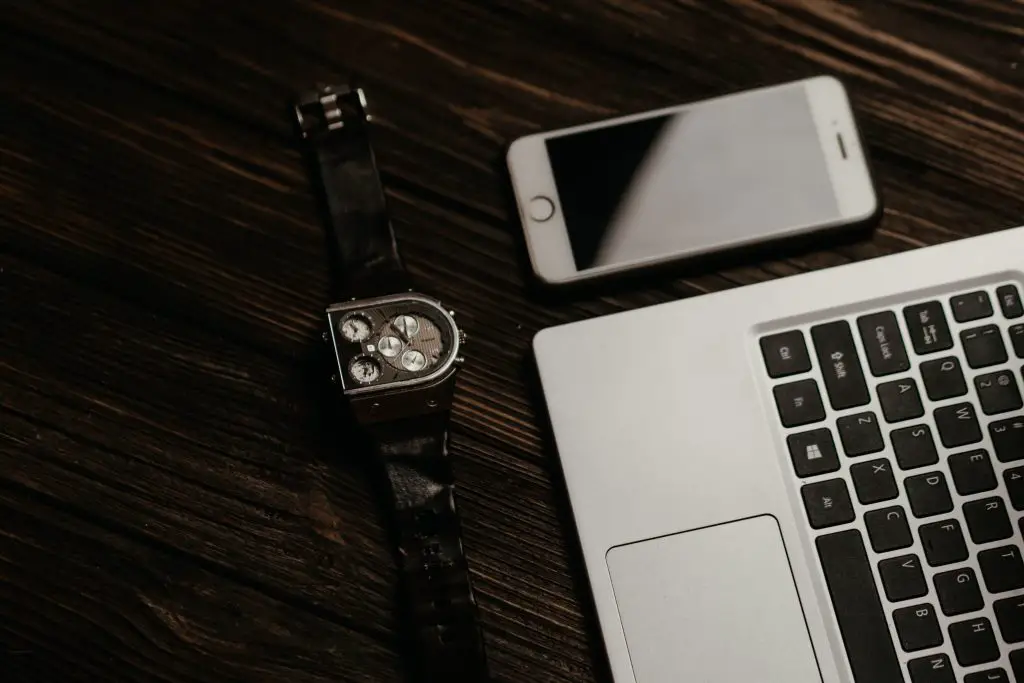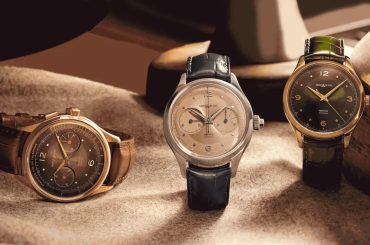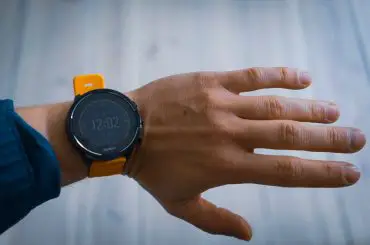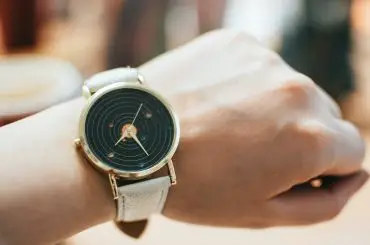Contents
What is the moon phase?
The different ways the Moon appears to Earth over about a month are known as Moon phases.
The side of the Moon that faces the Sun will be illuminated as it revolves around the Earth. The various ways of the shining region of the Moon that can be seen from Earth are referred to as its phases. A new phase in every 29.5 days.
The same side of the Moon always faces Earth due to tidal locking. The same half of the Moon’s surface will always be covered by the phases. The Moon appears differently daily due to its angular relationship to the Earth or phase.
Simply a moon phase watch relays the 29.5-day lunar cycle by showing the moon phase in an aperture on the dial.
What is a MOON-PHASE watch?
Today, our goal is not to search for the moon phase’s geology but the moon phase, but the horology of the moon phase.
A moon phase watch is a timepiece that displays the Moon’s phases through a tiny hole in the dial. You won’t ever need to venture outside at night because you can see the Moon’s current phase through the aperture (the small opening) precisely as it appears in the sky.
The watch’s name is derived from how the Moon appears as it orbits the Earth. Moon or lunar phases are the shapes of the illuminated areas of the Moon as seen from Earth.
More about the lunar cycle.
The lunar cycle is 29.5 days. So, most moon phase watches have 59 tooth gears. And allows the two twin moons to rotate through the aperture more accurately.
Lunar Cycle: 29.5 days
29.5 x 2 = 59 teeth on the gear
Complications on Moonphase
A moon phase watch will be off by 0.3 days per month due to the inaccurate length of a lunar month (the actual cycle lasts 29 days, 12 hours, and 44 minutes, or 29.53 days). This implies that the cycle is off by a full day every two years or seven and a half months.
Adding a more complex mechanism created to include a 135-tooth gear to drive the moon disc has eliminated this discrepancy. With this enhancement, the movement will be more accurate and will only be off once every 122 years. However, you will need to manually adjust a watch with a 59-tooth gear every two and a half years.
History
As we all know, Horology is a science. Timekeeping is a masterpiece in Horology. In ancient times people used to calculate time using Sun, Moon, and Constellations. So, the horologists decided to gather the technology with the art of the lunar cycle into a timepiece.
The Moon has been pictured in various ways as fashions have changed. The Moon appeared almost cherub-like in the early moon phase complications of the 16th and 17th centuries. They adopted a more sophisticated “man on the moon” representation in the 18th and 19th centuries. And the Moon received an Art Deco makeover in the early 20th century before becoming more minimalist in style at the end of the century. With the use of methods like engraving to imitate the Moon’s craters, it has recently become more realistic.
To know
As we said, Horology is a science. But some times, due to some reasons, we will forget some facts. So here is a short markup on some basics.
- Only when the Sun shines on the Moon can we see it. We won’t see the Moon when it is between Earth and the Sun. We will see the Moon illuminated if it is behind the Earth. We refer to this as a full moon.
- New Moon – The Moon is situated between the Earth and the Sun, so it doesn’t receive direct sunlight on its side that faces us; instead, it is only illuminated by light reflected from the Earth.
- First Quarter – At 90 degrees from the Sun, the Moon has circled the Earth one-fourth of the way. From Earth, it is only partially illuminated.
- Full Moon- From our vantage point on Earth, the Moon is 180 degrees away from the Sun and is fully illuminated by it.
- Third Quarter – The Moon is illuminated on the left after completing another 1/4 of its orbit around the Earth. This quarter is entirely the opposite of the first.
- Waxing – cycle from the new Moon to the first quarter, passing the first quarter.
- Waning – Cycle from full Moon to new Moon through last quarter
Types of moon phase watches
There are two types of moon phase chronographs.
Bosom
A bosom moon phase watch takes a graphical approach by physically showing the Moon in its various phases inside a crescent-shaped aperture.
Radial
this uses an indicator hand to track the lunar cycle.
How to set it?
- First, pull the crown of the watch out and move your hands to 6:30
- Find what the phase of the Moon at the moment is. You can use any website to do this.
- After knowing the phase of the Moon, press the corrector on the case side to advance the moon phase. (It is good if you can count down how many days it’s been since the last new Moon or full Moon since it’s most accessible to recognize those phases on the aperture – let’s say it’s been eight days since the last full Moon. Advance the moon phase until it’s a full moon, and then press the corrector seven more times to account for seven days.)
- Set the watch’s date back one day at that point.
- To get to the right day, set the time and go through a full day.
- Observe how the date on the watch changes at exactly midnight.
Famous moon phase watches
Jaeger Lecoultre Master Ultra-thin moon
- This watch is unique and elegant.
- With an 18-carat gold case simple dial design, the moon phase plays a leading role in this watch.
OMEGA speed master professional board arrow moon phase.
- The first watch is worn on the Moon, so it’s only fitting that OMEGA would add more moon phase complication.
- The update keeps the watch looking legendary.
Now you know about the moonphase complication. So, it’s your turn to make good comments about yours. Happy Horology hunting!





